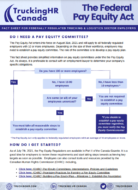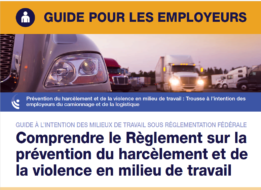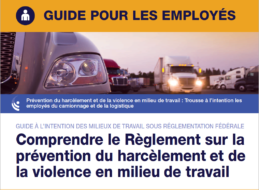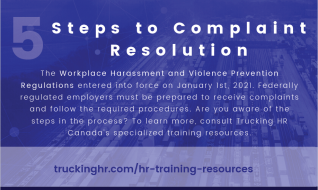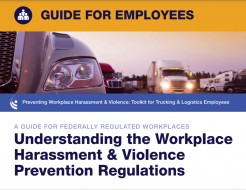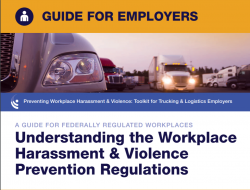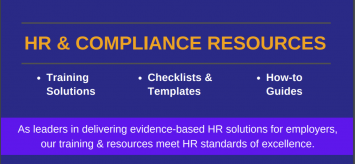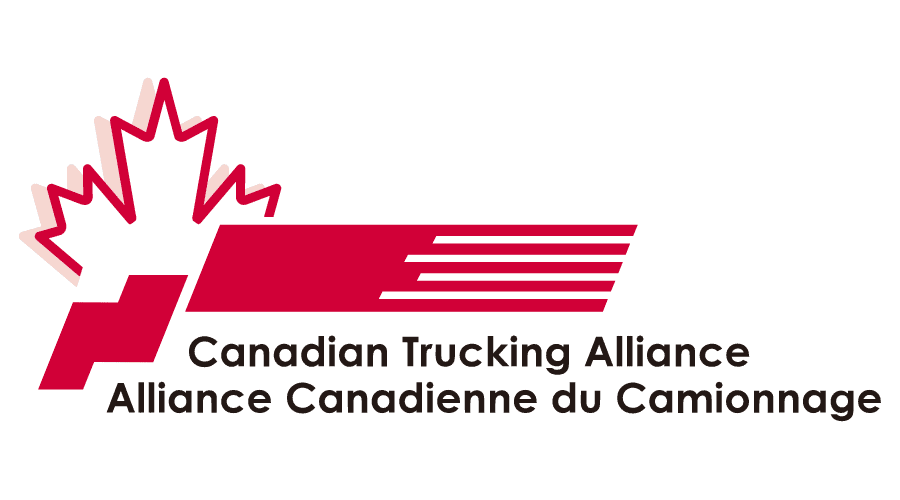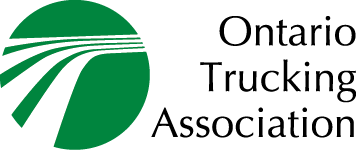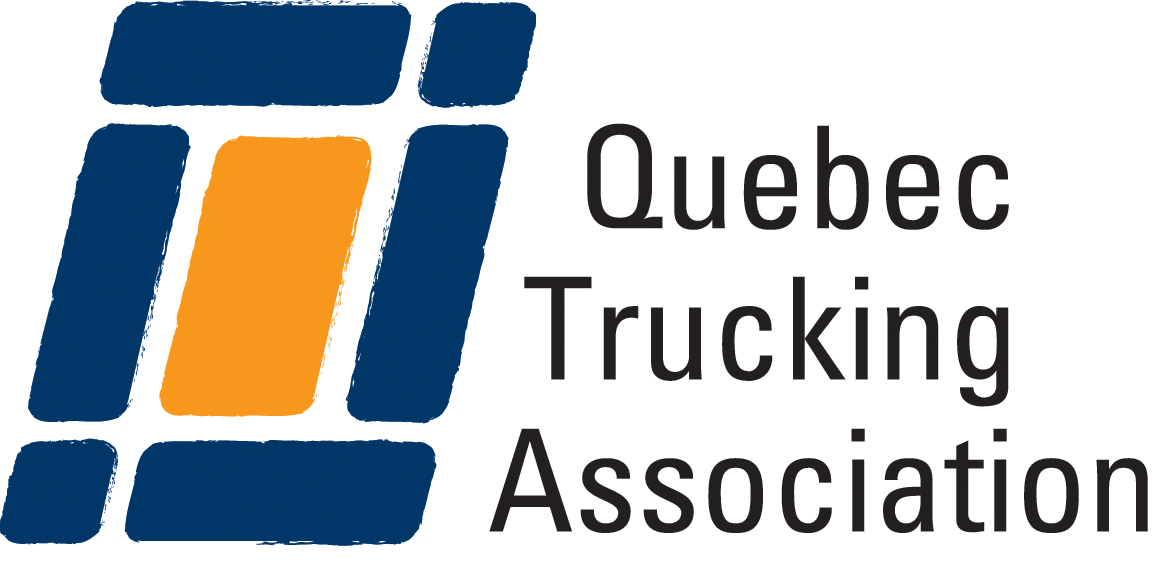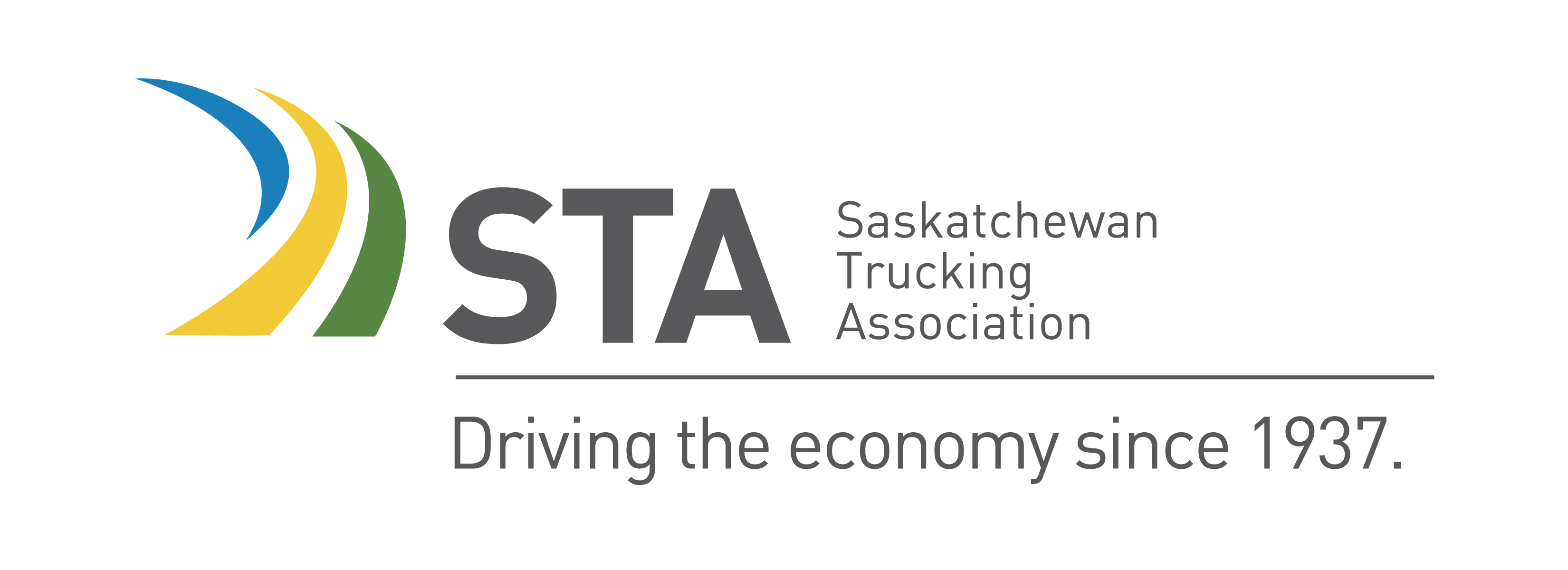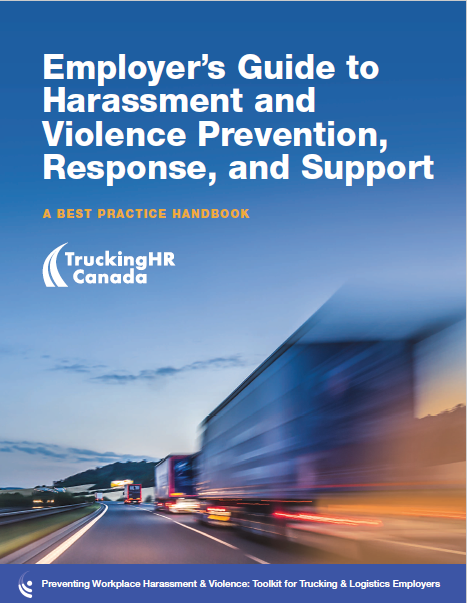At Trucking HR Canada, we strive to make your job easier. One way we do that is by delivering a comprehensive collection of practical up-to-date guides, tools, templates and more to support effective human resources management amongst industry employers.
HR Resource Library
Access HR resources designed by and for the trucking and logistics industry.
Modernize your talent strategy for 2026: New tools and recruitment tips from THRC
Stay ahead of the competition for top talent. Discover how successful trucking and logistics companies...
Read MoreUnlock the power of THRC: Funding, resources, and workforce solutions at your fingertips
Join us for a fast-paced, information-packed session for a taste of all the real-world workforce...
Read MoreWhat your employees aren’t telling you: Identifying types of support employees need to succeed
Employees on the road, in the shop, and in the office want to succeed —...
Read MoreTwo-part series: How Canada’s 2025 Top Fleet Employers stay ahead
What do Top Fleets Employers know that you don’t — yet? This two-part webinar series...
Read MoreTwo-part series: How Canada’s 2025 Top Fleet Employers stay ahead
What do Top Fleets Employers know that you don’t — yet? This two-part webinar series...
Read MoreDriving productivity in Canada’s trucking industry: The culture connection
The trucking industry has faced hiring and retention challenges, and now productivity has become a...
Read MoreNavigating employee leaves: Balancing empathy, compliance, and risk in a shifting legal landscape
In today’s workplace, managing employee leaves is no longer just a matter of policy, it's...
Read More2025 Top Fleet Employers Gala
Join us in Toronto for this year’s Top Fleet Employer Gala where employers are recognized...
Read MoreSafer workplaces, stronger teams: Preventing negative interactions that drive turnover
Join us to ensure your workplace is safe, compliant, and attractive to top talent.
Read MoreWomen With Drive Hits the Road- Toronto
Join us for THRC’s popular cross-country networking event, Women with Drive Hits the Road, when...
Read MoreTraining Resources
National Occupational Standard Toolkit
The work of a commercial vehicle operator (truck driver) can be varied. Many of these individuals will require job-specific knowledge, skills and abilities that apply to specific workplaces, industries and commodities.
This National Occupational Standard clearly defines the core knowledge, skills and abilities that are shared by the widest-possible array of commercial vehicle operators (truck drivers) and typically developed early in a career.
Access the National Occupational Standard for Commercial Vehicle Operator here.
Access the National Occupational Standard toolkit here.
Physical Demands Assessments
Physical Demands Assessments (PDAs) identify the physical job requirements for specific occupations. Once employers are aware of the physical requirements of the job, current employees and new hires can be assessed to determine if they can perform the physical duties. If required, potential accommodations can be put in place to allow workers from various under-represented groups to not only perform, but thrive, in their roles – a mutually beneficial outcome for both workers and employers.
- Bulk Liquid Driver – Physical Demands Assessments (PDAs)
- Coach Mentor Assessor – Physical Demands Assessments (PDAs)
- Commercial Vehicle Operator – Physical Demands Assessments (PDAs)
- Dispatcher – Physical Demands Assessments (PDAs)
- Dock Worker – Physical Demands Assessments (PDAs)
- Driver Trainer – Physical Demands Assessments (PDAs)
- Flat Bed Driver – Physical Demands Assessments (PDAs)
- Freight Claims Specialist – Physical Demands Assessments (PDAs)
- Heavy Equipment Mechanic – Physical Demands Assessments (PDAs)
- Safety and Loss Prevention Specialist – Physical Demands Assessments (PDAs)
- Shunt Driver – Physical Demands Assessments (PDAs)
- Supervisor – Physical Demands Assessments (PDAs)
This project was funded in part by Employment and Social Development Canada.




